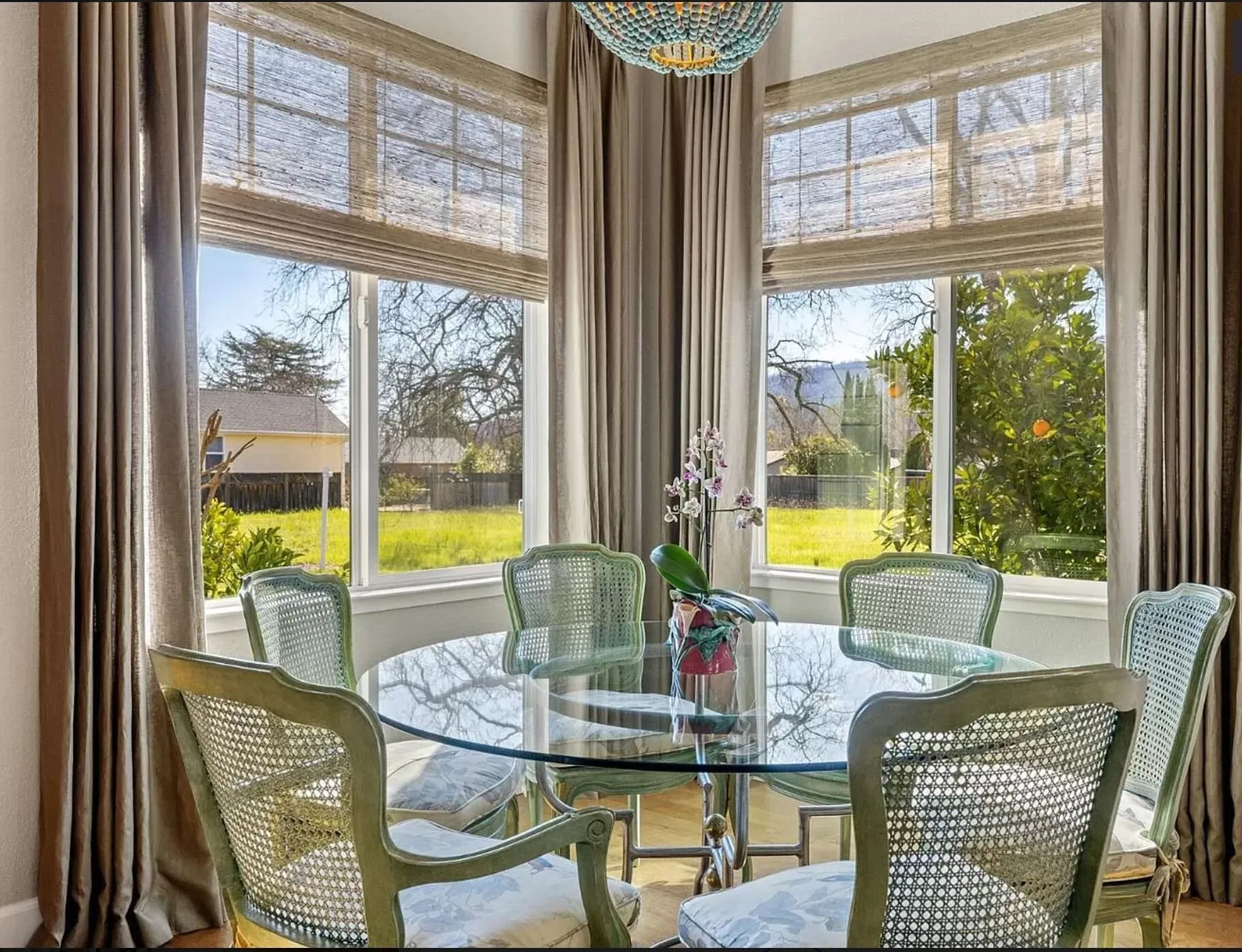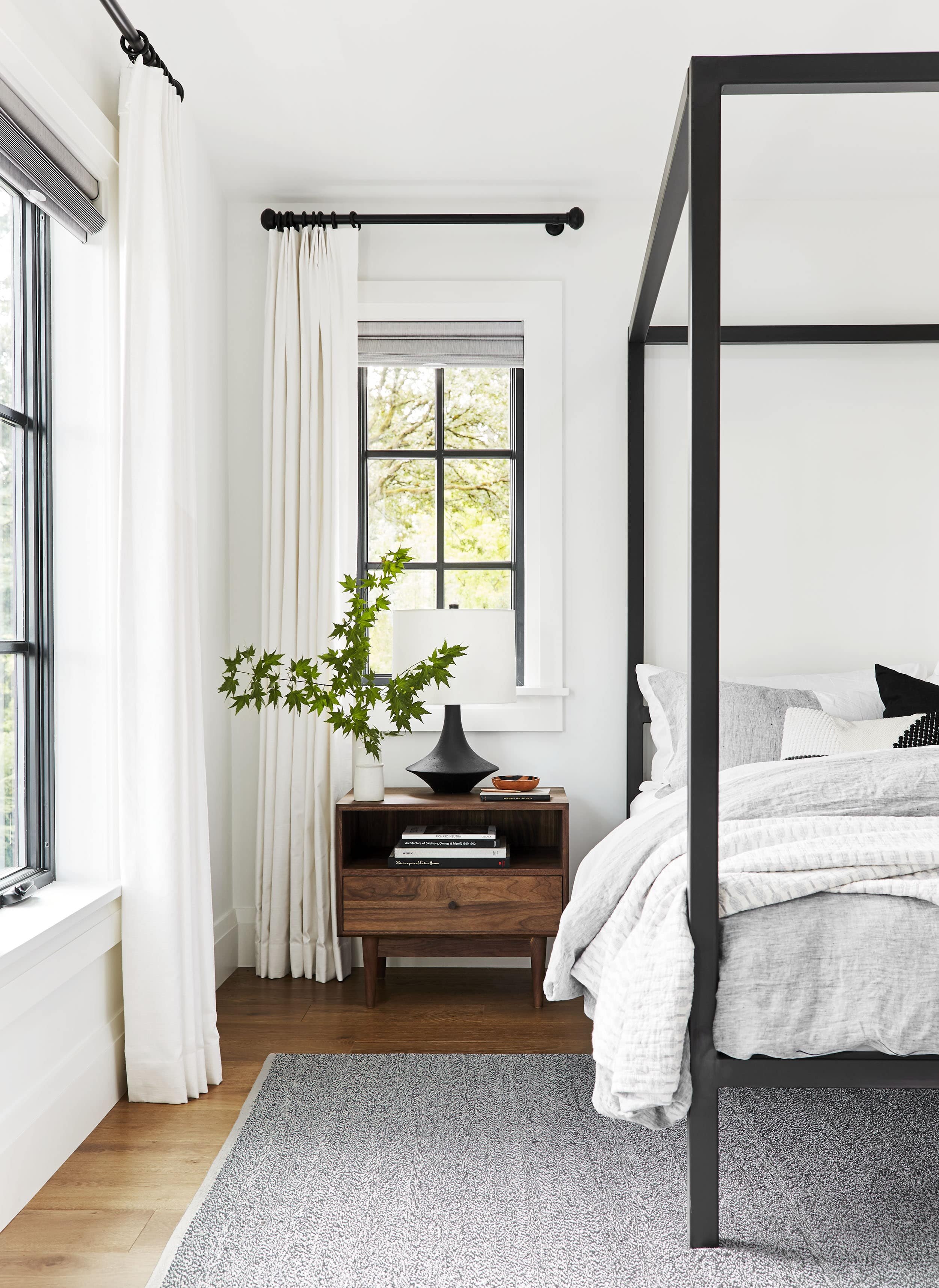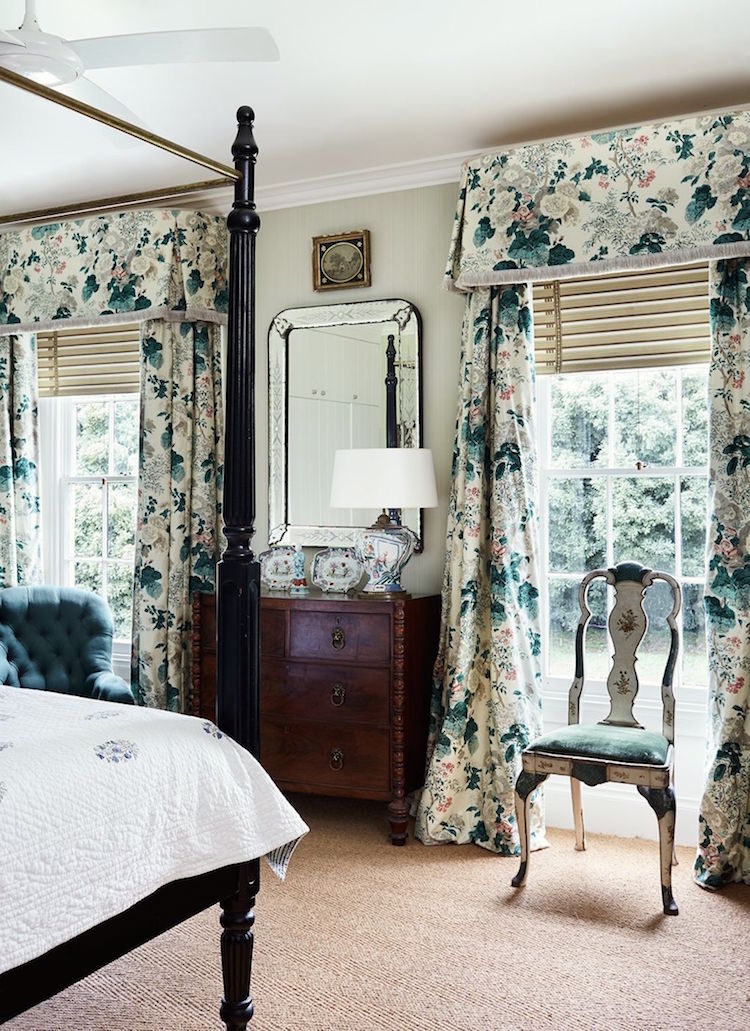Phoenix blinds repair: The foundation to maintaining performance
The Ultimate Overview to Blinds: Types, Benefits, and Selecting the Right Suitable For You
The globe of window therapies is huge and varied. Blinds are available in countless designs, each offering distinct advantages for different setups. Understanding these alternatives is necessary for making informed decisions. Additionally, variables like material choice and area capability play a significant duty. As one thinks about the perfect balance in between visual appeals and functionality, the subtleties of measuring and keeping blinds also become crucial elements. What should one focus on when selecting the perfect window solution?
Sorts of Blinds: An Extensive Review
Blinds function as both visual and useful aspects in interior decoration, offering various options to suit diverse choices and demands. Amongst one of the most preferred kinds are Venetian blinds, characterized by straight slats that can be readjusted for light control and personal privacy. Roller blinds, understood for their simplicity and flexibility, been available in an array of materials and patterns, making them ideal for modern-day and typical settings. Vertical blinds, usually used for larger home windows or moving doors, enable for easy adjustment and are frequently made from fabric or plastic.
Roman blinds, with their classy folds, add a touch of elegance to any type of room, while cellular shades supply insulation and energy performance. In addition, bamboo blinds use an all-natural, eco-friendly choice, infusing spaces with warmth. Each type has special features and designs, making certain house owners can locate the perfect suitable for their particular design and useful demands.
Advantages of Setting Up Blinds in Your Home
The installment of blinds in a home provides several significant benefits. They supply improved privacy control, enabling house owners to manage visibility from the outside. Furthermore, blinds add to energy effectiveness by helping to take care of indoor temperature levels, minimizing the reliance on home heating and cooling systems.
Enhanced Personal Privacy Control
Installing blinds provides a considerable advantage in personal privacy control when property owners seek to improve their living spaces. Blinds give a versatile option for regulating visibility from both the interior and outside of the home. By changing the slats or increasing the blinds, individuals can quickly handle the amount of light entering while concurrently obstructing the view from outside. This adaptability enables home owners to create a comfortable ambience without sacrificing natural light. Furthermore, numerous designs and products are readily available, ensuring that property owners can choose alternatives that perfectly mix with their style while enhancing privacy. Inevitably, the setup of blinds acts as an effective means to protect personal space, motivating relaxation and satisfaction within the home environment.
Energy Efficiency Improvement
Installing blinds not only boosts privacy yet additionally considerably adds to power efficiency in the home. By managing all-natural light and reducing heat transfer, blinds can assist preserve a constant indoor temperature level. Throughout warmer months, shutting blinds can obstruct out extreme sunshine, thereby lowering the dependence on a/c. Alternatively, in cooler months, they can give insulation by capturing warmth, reducing home heating costs. Furthermore, energy-efficient blinds, such as mobile tones, are made specifically to minimize power loss. By buying top quality blinds, home owners can develop an extra comfy living setting while also decreasing energy expenses. Eventually, the installment of blinds works as a functional service for those seeking to enhance both comfort and power effectiveness in their homes.
Just how to Select the Right Blinds for Each Space
How can one figure out the most appropriate blinds for each area in a home? The selection procedure begins with assessing the space's function and environment. In living locations, functional blinds that permit light control while making certain privacy are ideal. In rooms, blackout blinds can boost rest quality by blocking out outside light.
Kitchens and bathrooms need moisture-resistant alternatives to stand up to moisture, making plastic or synthetic timber blinds ideal selections. Additionally, the preferred aesthetic plays a vital duty; collaborating blinds with the area's decor boosts the general ambiance.
Take into consideration the amount of all-natural light each space gets; lighter blinds may be preferable for dark spaces, while darker alternatives can add warmth to sunlit rooms. Ultimately, comprehending certain demands and choices for functionality and style will direct home owners in making educated decisions tailored per space's distinct needs.
Material Options: Timber, Plastic, Material, and Much more

Timber Blinds Perks
Wood blinds are a preferred option amongst property owners looking for a mix of aesthetics and performance. One considerable advantage of wood blinds is their natural charm, offering a cozy and inviting look that improves any type of indoor decor. They are available in numerous finishes and colors, permitting personalization to match personal style. Furthermore, timber blinds give excellent light control and privacy, as their slats can be easily gotten used to filter sunlight while preserving privacy. Their durability is an additional advantage; with appropriate care, timber blinds can last for years without losing their charm (Phoenix motorized blinds). They have shielding properties, helping to regulate interior temperatures and possibly decreasing energy costs. Generally, wood blinds combine sophistication and functionality, making them an excellent selection for numerous houses
Vinyl Toughness Features
Plastic blinds stand out for their outstanding durability, making them a functional option for different environments. These blinds are resistant to wetness, making them perfect for locations such as bathroom and kitchens where humidity can be a concern. Unlike wood, plastic does not warp, split, or fade under sunshine, making sure lasting efficiency and marginal maintenance. In addition, they are available in a range of colors and designs, permitting property owners to customize their appearance without compromising durability. Vinyl blinds are also easy to tidy; a basic clean with a moist towel is frequently enough to keep them looking fresh. Generally, their strength and reduced upkeep make plastic a preferred choice among homeowners looking for both functionality and visual allure.

Textile Alternatives Introduction
Blinds can be found in a variety of fabric alternatives that deal with various aesthetic and functional requirements. Common materials consist of vinyl, wood, and fabric, each offering unique advantages. Timber blinds offer a timeless, cozy aesthetic and superb insulation but need maintenance to prevent warping. Vinyl blinds are long lasting and moisture-resistant, making them excellent for high-humidity locations like bathroom and kitchens. Fabric blinds, offered in many colors and patterns, use versatility and gentleness, improving home decoration while providing differing degrees of light filtering. Additionally, choices like faux wood offer the look of natural wood with included sturdiness. When choosing resource blinds, it is essential to assess the particular requirements of each area to guarantee peak performance and design.
Gauging and Installing Blinds: Tips for Success
Although determining and mounting blinds may seem uncomplicated, mindful attention to information is very important for achieving an excellent fit. It is necessary to gauge the window framework properly, keeping in mind both the size and height. For within installs, subtract a small amount from the size to guarantee a tidy fit, while outdoors places ought to prolong beyond the structure for far better light control and aesthetic appeals. Making use of a steel measuring tape is advised for accuracy.
When mounting, collect all necessary devices, such as a degree, drill, and screws. Adhering to the maker's directions is vital to guarantee correct installment. It is a good idea to pre-drill holes to stop damaging the braces. In addition, having a 2nd individual can make the procedure smoother, specifically when raising heavier blinds. Ultimately, after installation, examination the callous validate they run smoothly and readjust as necessary for maximum functionality.
Upkeep and Look After Long-Lasting Blinds
Appropriate upkeep and care can greatly expand the life-span of home window coverings. Regular cleaning is important; utilizing a soft fabric or a microfiber duster can effectively remove dirt without damaging surfaces. For much deeper cleaning, a mild remedy of soap and water is recommended, used with a soft sponge, ensuring that no wetness seeps into the systems.
For textile blinds, spot cleaning is advisable, while wood blinds must be treated with a wood-safe cleaner to preserve their coating. Avoid revealing callous too much wetness, warm, or direct sunlight, which can lead to warping or fading.
Furthermore, regular evaluation of mechanisms and cords can stop deterioration. It's a good idea to follow producer standards for specific materials, as various blinds might have unique treatment requirements. By adopting these easy maintenance practices, homeowners can guarantee their blinds remain useful and aesthetically pleasing for many years to come.
Frequently Asked Concerns
Can Blinds Help In Reducing Energy Costs in My Home?
Blinds can effectively lower energy prices in a home by supplying insulation, obstructing warmth during summer season, and keeping heat in wintertime. Their ability to control light and air flow improves More Info power efficiency throughout the year.
Are There Child-Safe Options for Blinds?
Yes, there are child-safe choices for blinds. These include cordless designs, retractable cords, and safety and security tools that remove dangling cables, making certain a secure environment for children while keeping performance and visual allure in homes.

How Do Blinds Contrast to Curtains or Tones?
Blinds normally supply a lot more specific light control and space efficiency than shades or curtains. Phoenix plantation shutters. They are frequently much easier to cleanse and maintain, while drapes offer a softer aesthetic, and shades can provide varying insulation benefits
Can I Customize the Color and Style of My Blinds?
Yes, blinds can be personalized in both design and color. Different producers supply a wide variety of options, allowing customers to select materials, patterns, and hues that match their personal aesthetic and home design.
What Is the Typical Lifespan of Different Sorts Of Blinds?
The ordinary life expectancy of blinds varies: wood blinds last 5-10 years, synthetic timber 7-10 years, light weight aluminum 5-10 years, and fabric tones around 5 years, depending upon maintenance, use, and more information direct exposure to sunshine.
Bathrooms and kitchens call for moisture-resistant options to withstand moisture, making plastic or artificial timber blinds ideal choices. Wood blinds supply natural charm and warmth, while plastic supplies longevity and convenience of upkeep. One significant benefit of timber blinds is their all-natural elegance, offering a warm and welcoming appearance that improves any type of indoor design. Additionally, timber blinds supply superb light control and personal privacy, as their slats can be conveniently changed to filter sunshine while preserving seclusion. For material blinds, spot cleaning is suggested, while wooden blinds should be treated with a wood-safe cleaner to maintain their surface.